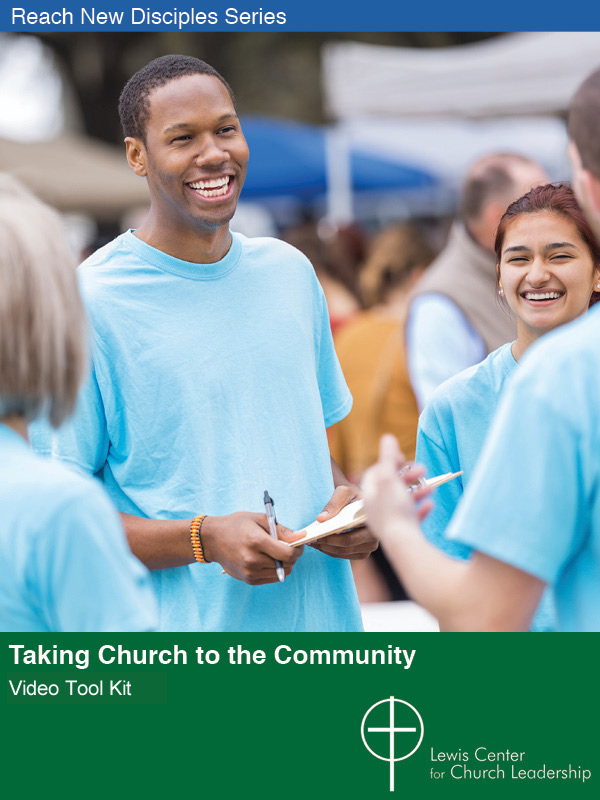Virtually all churches are experiencing a changing environment regarding what they can expect from members in relation to time, participation, and energy. Some feel this is one reason for the ongoing worship attendance recession that began in 2002 and continues today. A new report from the Faith Communities Today research project provides data to substantiate this changing landscape. Based on the 2008 national survey of churches and other religious communities, the report written by Mike McMullen covers “attracting and keeping congregational members.”
“By far the greatest obstacle for integrating people into the life of the congregation is school or sports-related activities among young children and teens,” the report finds. This is true for rural, small town, urban, and suburban settings, as well as across denominational lines.
When asked about obstacles that make it more difficult for them to participate regularly in church life, people offered remarkably similar responses.
- School and sports activities. “By far the greatest obstacle for integrating people into the life of the congregation is school or sports-related activities among young children and teens,” the report finds. This is true for rural, small town, urban, and suburban settings, as well as across denominational lines.
- Conflict with work schedules. The multitude of jobs and job responsibilities found within a single household often produces conflicts with worship and other church activities. The number of people who must work on Sundays is growing.
The common denominator in these two responses is time pressure. Even churches providing multiple worship services on multiple days are finding that members still report difficulty in managing their time responsibilities in a way that includes regular worship. It is no wonder that pastors and church leaders are easily irritated and sometimes discouraged in the face of what feels like rejection.
Consultant and author Gil Rendle makes a distinction between problems and conditions. Our normal inclination is to see everything as a problem that we can fix. Sometimes we face a new context that is not a problem susceptible to our repair but rather a new condition we must engage.
“Religious leaders should learn to respond to environmental change not as a threat,” the report says, “but an opportunity to expand or transform their mission.” I am not sure any of us know just now what it means to expand and transform our mission under these new conditions, but chances are the changes are here to stay.
A free download of “Attracting and Keeping Congregational Members” is available at faithcommunitiestoday.org.







